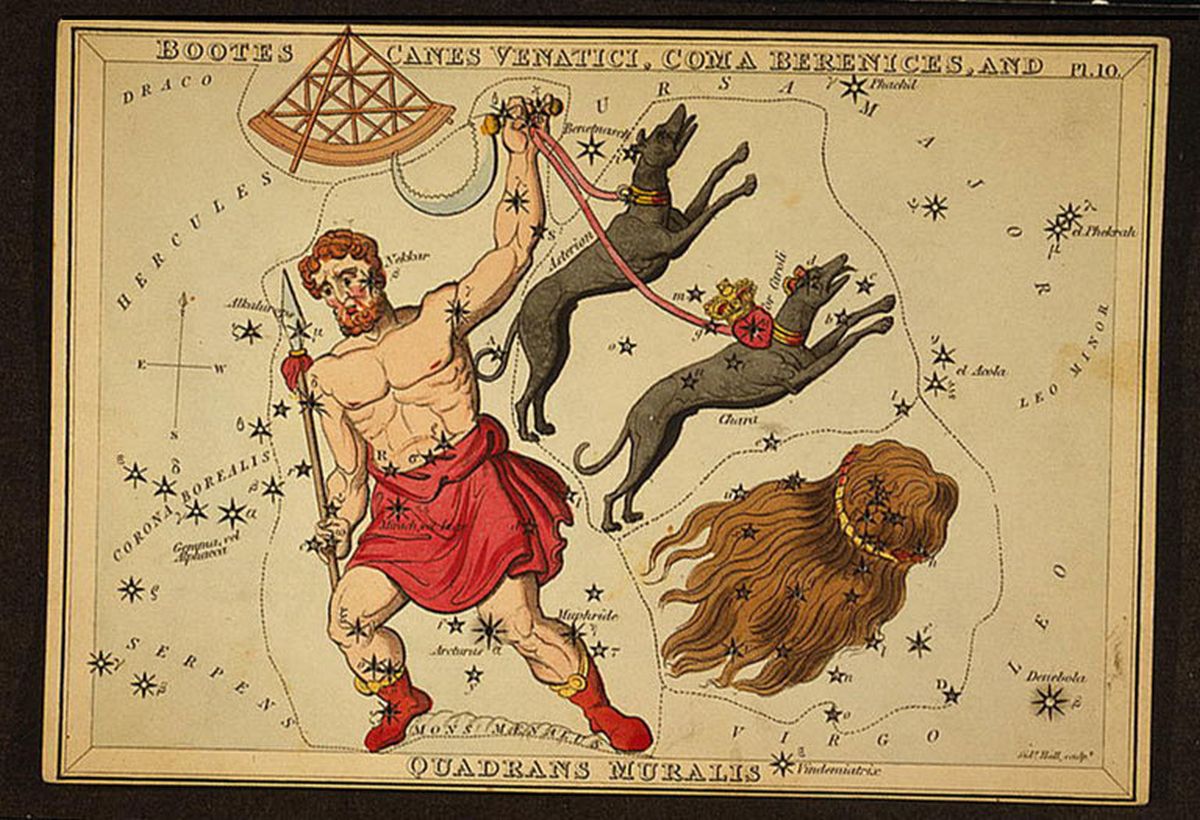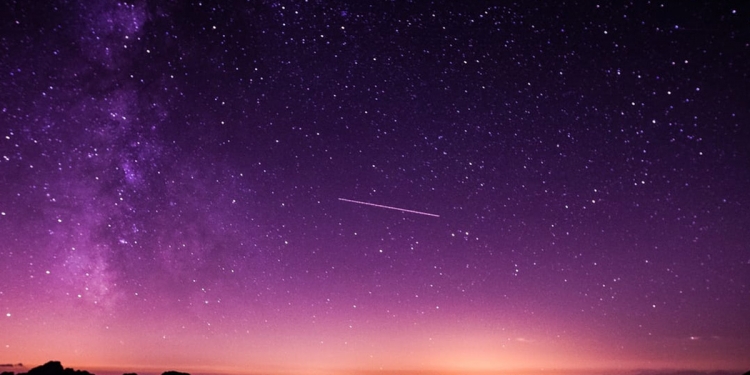This weekend, one of the most intense annual meteor showers—and the first of 2020—will streak across the sky in the early hours of Sunday morning, 5th January. The Quadrantids meteor shower happens annually in early January, with comet particles and remnants of broken asteroids leaving a trail for the earth to pass through, leading to meteor showers.
NASA says that the Quadrantids are considered to be one of the best meteor showers of the year, due to their bright fireball meteors. These explosions of light and colour typically last longer than other meteor streaks, and they also appear to be brighter.
“During its peak, 60 to as many as 200 Quadrantid meteors can be seen per hour under perfect conditions.”
While meteor showers tend to stay at their peak for a few days, the Quadrantids meteor shower only has a peak period of a few hours, which makes the spectacle a limited opportunity for viewers.
The Quadrantids appear to come from a point in the sky (the radiant), an obsolete constellation called “Quadrans Muralis”. However, Quadrans Muralis was not included in a list of recognised modern constellations in 1922, although the meteor shower’s name still pays tribute to the constellation.

Tips to best experience the meteor shower
NASA has a few tips for those of you who plan to experience the Quadrantid meteor shower this weekend: find an area away from the city and lights, life flat on your back with your feet facing northeast, and allow for your eyes to adapt to the dark for around 30 minutes.
The folks over at XTRA have also come up with a list of locations that are suitable places to view the meteor shower from, in Malaysia:
Johor — Pulau Redang, Mersing.
Selangor — Sekinchan, Broga Hill, Kuala Kubu Bharu, Kuala Selangor, Ulu Yam.
Sabah — Kudat, Kota Belud, Tanjung Simpang Mengayau.
Melaka — Pantai Pasi Klebang.
Pahang — Pulau Tioman, Cameron Highlands.
Terengganu — Pulau Gem.
Penang — Pantai Malindo.
Negeri Sembilan — Kampung Teluk Pelanduk, Seremban.
You won’t need any special equipment to catch the meteor shower, although external or environmental factors such as pollution might have a part to play. Meteors can appear in any direction, as the constellation isn’t actually the source—this means that the meteors will be visible throughout the night sky.
Still, you’ll need to have patience, with the Quadrantid meteor shower peaking between 4am and 7am on Sunday morning.








